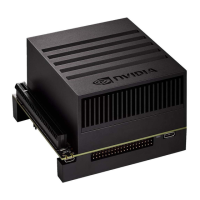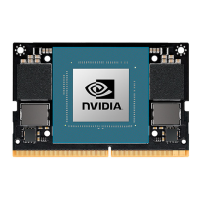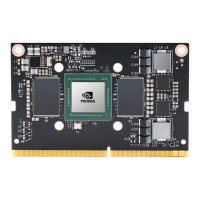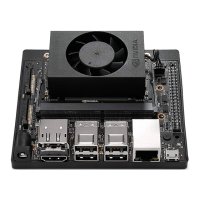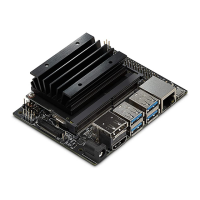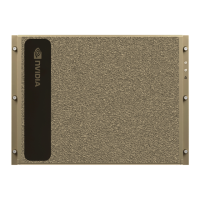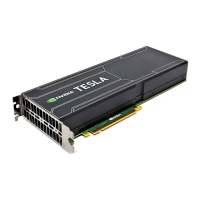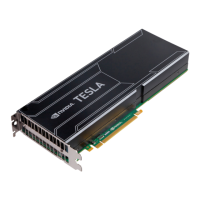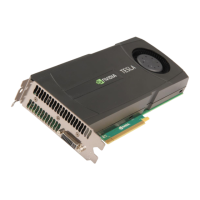PRELIMINARY INFORMATION
Jetson AGX Orin Series Tuning and Compliance Guide DA-11040-001_v0.7 | 36
DisplayPort and Embedded DisplayPort
Tuning Guide
This chapter describes the registers and procedure to tune the VESA
®
DisplayPort
™
(DP)
output and Embedded DisplayPort (eDP) in the Orin module.
DisplayPort is a video interface using AC-coupled signals to transmit serialized data to a single
display sink, such as monitors. The eDP interface is used for internal connections to drive
smaller sinks such as panels or embedded displays.
In addition to the standard DP data rates (RBR, HBR, HBR2, and HBR3) and voltage levels (400
mV, 600 mV, 800 mV, and 1,200 mV), eDP also supports four other intermediate bit rates and
lower, optional, voltage swings below 400 mV.
Since there is no compliance specification for the additional bit rates and lower voltage levels
supported in eDP, this guide only covers the standard rates and voltage levels using the
DP
1.4a Compliance Test Specification
(CTS). The concepts can still be applied for the other bit
rates and voltage levels.
Tuning is needed to make sure that the DP interface can meet the specification for each of the
different combinations of voltage and frequency outputs, while minimizing power
consumption.
Design choices such as, but not limited to, long routing and layer transitions, can heavily affect
the signal integrity, and require some adjustments to overcome the loss.
Abbreviations and Definitions
Table 16 lists the abbreviations that may be used throughout this chapter and their definitions.
Table 16. Abbreviations and Definitions
Abbreviation Definition
CTS Compliance Test Specification
DP DisplayPort
DUT Device Under Test
eDP Embedded DisplayPort
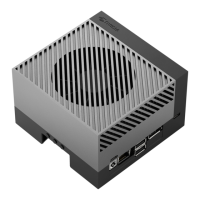
